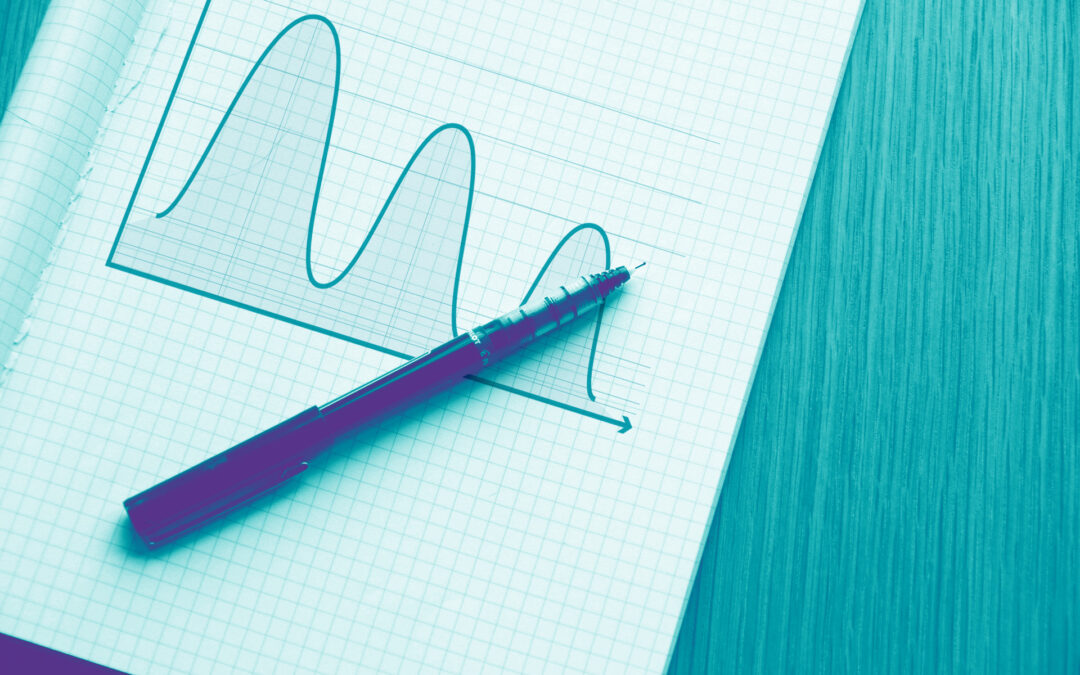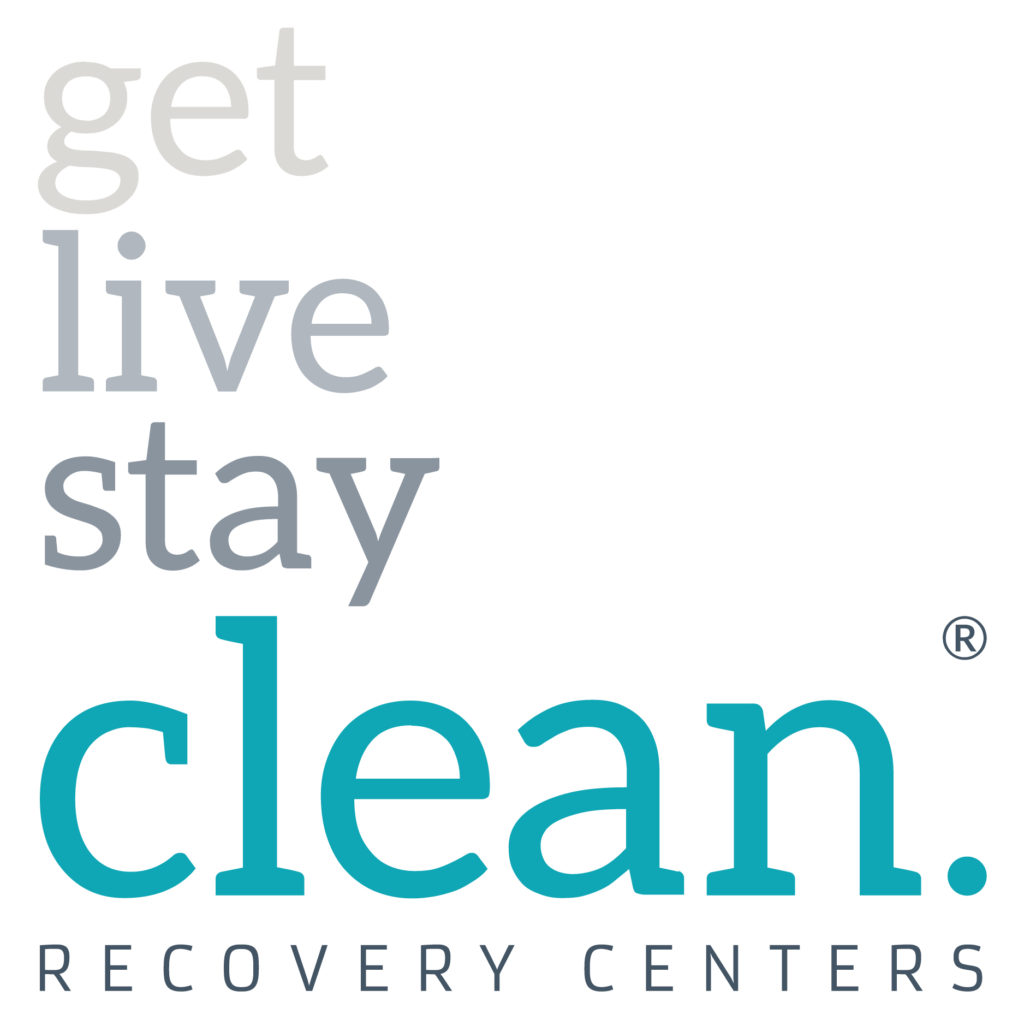The Urge-Peak Cycle & the Risk of Relapse
Addiction is not an easy thing to fight. If it were a matter of willpower, there would be no need for rehab centers, and patients could heal themselves once the decision is made to stop using. Recovery is not a linear process. The urge-peak cycle is one example of how the body can make it challenging to stay on track once we are used to the “reward” our brains register from the use of drugs or alcohol, but there are ways to manage it.
What Is the Urge-Peak Cycle
If you’ve ever witnessed someone who keeps ordering drink after drink with no regard to how many they’ve had, you have likely seen the urge-peak cycle. Defined as an unpredictable, sudden craving for the substance that feeds the addiction, they often happen with little to no awareness on the part of the person experiencing them. It may sound like an excuse or justification for the lapse, but it is a genuine phenomenon.
How It Impacts the Chances of Relapse
The cycle isn’t completely random, as it is put in motion by the way our brains respond to pleasure. The first stage is the feeling of pleasure elicited by the initial use, which leads to the desire for more. Over time, repeated use causes an overstimulation of the reward centers in the brain. That leads to the second stage: how the brain changes in response to the stimulus, affecting memory, decision-making and impulse control.
Strategies to Weather the Cycle
Urge Surfing
This technique may sound familiar to those who’ve experienced natural childbirth or have dealt with chronic pain. It centers on acknowledging and focusing on the sensations instead of avoiding it or seeking a way to mitigate them.
- Focus on what you are feeling
Sit in a comfortable position with your feet on the floor and concentrate on your breathing. Take note of where you feel the craving and inwardly describe the sensations you are experiencing.
- Center on one area first
Pick one area of the body where you feel the urge. Be specific in your assessment. Are your ears ringing? Are the muscles in your neck tight? Acknowledge it and return to your breathing.
- Move your attention to the next area
Notice how the urge has changed. Has it come and gone quickly? Is it rising again? Describe the feelings in the area of focus. Return your attention to your breath again. Repeat this process until your urge cycle has passed.
The 3 D’s
Delay – Cravings usually pass within 20 minutes.
Distract – Find something to do to occupy your mind (read, write, sing, exercise, etc.)
Decision – Remind and reaffirm why you wanted to stop using and what you are working for
Avoiding Potential Relapse Triggers
Intense cravings can be triggered by association: places where you used, people you bought from or used with or the emotions that led you to use in the first place. It is no coincidence that sober living programs warn against associating with people and activities that were part of your life when you were using. To lower the risk of relapse, it is essential to avoid known triggers.
Other ways to avoid relapse are developing a support network, staying on a schedule and maintaining focus. Learning about the cycle of addiction and relapse can keep you from common pitfalls. Don’t forget to give yourself some grace in your recovery journey while you learn new, healthy ways to experience joy. Remember, the work is more than worth the reward of a life free of addiction.
When you are ready for help with your recovery, Clean Recovery Centers are there to help. Call today at 888.893.3821 to speak with one of their counselors or go online for more information.


